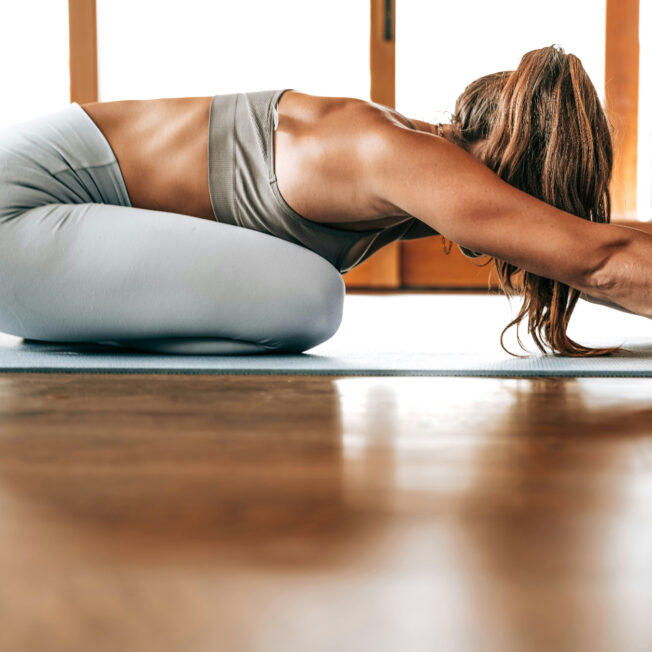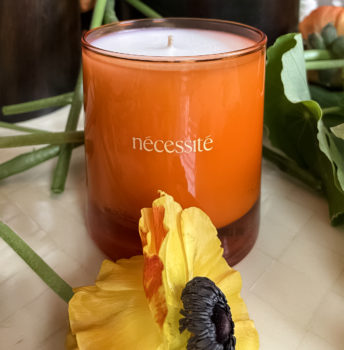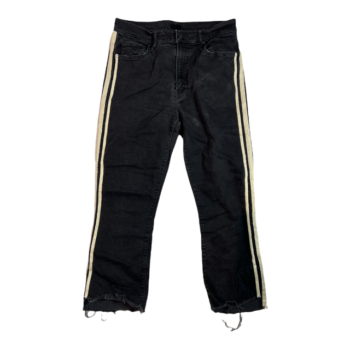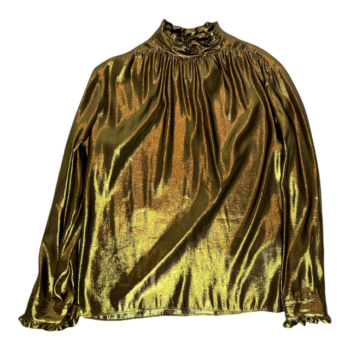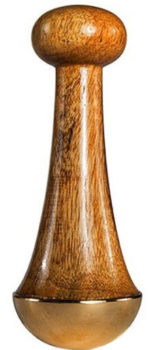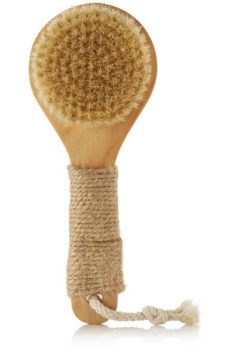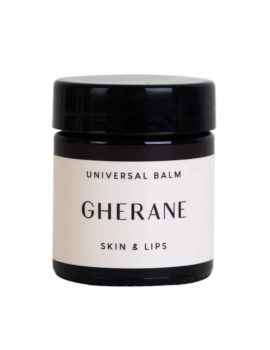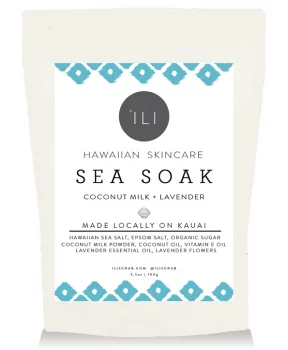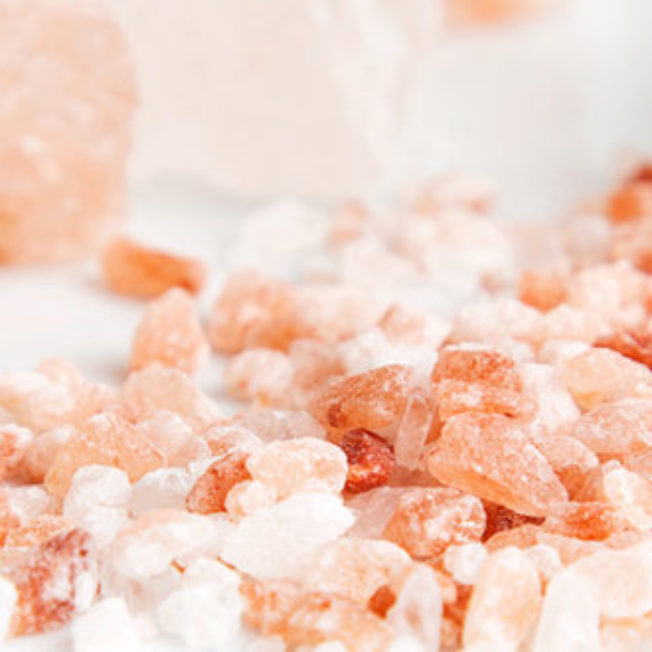Raise your hand if you’re familiar with the ever-so-popular salt lamps, or have stepped foot into a salt therapy room. If you’ve encountered either of these, you’ve been exposed to Halotherapy, which very simply means salt therapy. Salt is known in modern-day for its antibacterial properties, but it’s thought that its list of benefits goes far beyond that.
What is Halotherapy?
Halotherapy is a holistic therapy that combines Himalayan salt with a halo-generator technology to create, and maintain, an adequate salt level in a room. This method of salt therapy is typically done to make the environment around us replicate a natural salt cave and acts as an alternative treatment centered around breathing in the salty air. Due to its antibacterial and antiseptic properties that we all know and love (who hasn’t had to gargle some saltwater?), it’s believed that by participating in halotherapy, you can reduce inflammation and help with breathing among a host of additional benefits.
Halotherapy is thought to have existed since the medieval era, but resurfaced in the mid-1800s and received more research in the late 1900s to further investigate its benefits. In 1843, Feliks Boczkowski observed that those who worked in salt mines didn’t experience a host of respiratory issues compared to the rest of the population who didn’t work deep within the depths of the salt mines. It wouldn’t be another century until someone else, Karl Hermann Spannagel, noticed that his patients had a boost in their health after emerging from the salt caves that they sought shelter in during World War II to hide out from heavy bombing.
Over the last century, the concept of salt therapy has spread globally, with cities across the world opening up their own salt caves to help society treat a variety of ailments.
What are some halotherapy methods?
There are two main pathways to take when considering participating in halotherapy: wet or dry salt therapy.
Wet salt therapy is a method that we may be most familiar with when treating ailments that we’ve been suffering from through at-home methods. At one point or another during our lives, we’ve likely taken a long soak in a bath with some Epsom salts (or even Himalayan or sea salt) to reduce any pain or irritation we may be feeling in our bodies. This is a common form of salt therapy that we may have already been introduced to, in addition to a saline nasal spray or even opting for a neti pot. By using a nasal spray or the neti pot for nasal irrigation, we can offer ourselves temporary relief from our respiratory issues–most commonly allergies or a cold–by reducing inflammation and mucus build-ups in our sinuses and disinfecting the area.
Dry salt therapy is a visual you’ve likely seen before if you haven’t encountered it firsthand. These methods are performed at a salt room or within a salt cave with options to administer through an inhaler. When we enter the salt room or cave, we’re being opened up to a method that allows us to inhale microscopic salt particles in the air, absorbing them into our body through our lungs as well as through skin-to-skin contact. Because of the anti-fungal and antibacterial properties that salt offers, it can revitalize our skin and help soothe some of the respiratory issues we may be suffering from.
What can it treat?
When we open ourselves up to trying halotherapy, we’re welcoming the potential to improve aspects of both our mind, body, and spirit. Throughout the years, it has been attributed to a wide range of health benefits spanning from external and internal battles with our health.
It’s thought that by partaking in halotherapy, we can reap benefits that assist with respiratory diseases like asthma, allergies, bronchitis, chronic obstructive pulmonary disease, and even the common cold. Dr. Norman Edelman, Senior Scientific Advisor to the American Lung Association, explains, “When fine salt particles are inhaled, they will fall on the airway linings and draw water into the airway, thinning the mucus and making it easier to raise, thus making people feel better. Also, these environments are allergen-free and thus good for people with allergies affecting their lungs.”
When it comes to our physical appearance, salt therapy is thought to assist with treating skin conditions like eczema, psoriasis, acne, and rosacea. Since salt has an impact on the microcirculation within our skin, it’s believed that it can assist with our cellular membrane activity deep within the layers of our skin, helping to reduce the appearance of redness. While it may not necessarily heal you of your skin conditions entirely, it can help reduce symptoms and the appearance of any redness by stimulating the growth of new skin through pH normalization which will activate the regenerative process.
Moreover, the calming environment that these salt caves provide can help stabilize our moods by decreasing stress, improving sleep, boosting our energy, and decreasing fatigue. When we’re faced with a relaxing atmosphere, our breathing and heartbeat tend to slow, which cuts down on the anxious feelings that can course through our bodies on any given day.
